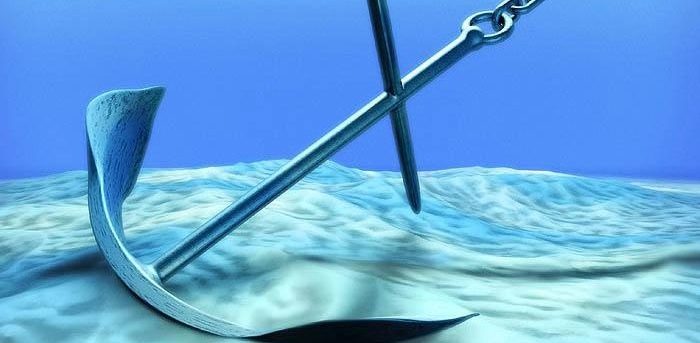ABS has issued a technical guidance to provide recommendations for the design and installation of drag anchors and plate anchors for offshore service. The guide includes notes for the site investigation, methodologies for geotechnical design and structural assessment and installation and testing recommendations for drag anchors and plate anchors as well.
Site investigation is conducted to determine the seabed stratigraphy and soil engineering parameters for the anchor design and geohazards analysis. Generally, the procedure for the site investigation program should include:
- Desk study to obtain regional and relevant data for the site
- Sea floor survey to obtain relevant geophysical data
- Subsurface investigation and test to obtain the necessary geotechnical data
- Additional sea floor survey and/or subsurface investigation and/or laboratory test as required
It is important that the geophysical and geotechnical components are planned together as integrated parts of the same investigation. Data analyses should be considered as a single exercise drawing together with the results of geological, geophysical, hydrographic and geotechnical work, performed by specialists, in an integrated manner into one final report.
The following infographic depicts the Design Procedure for Drag Anchor Trajectory Prediction:

Further information may be found by reading ABS guidance herebelow:
Source: ABS


































































